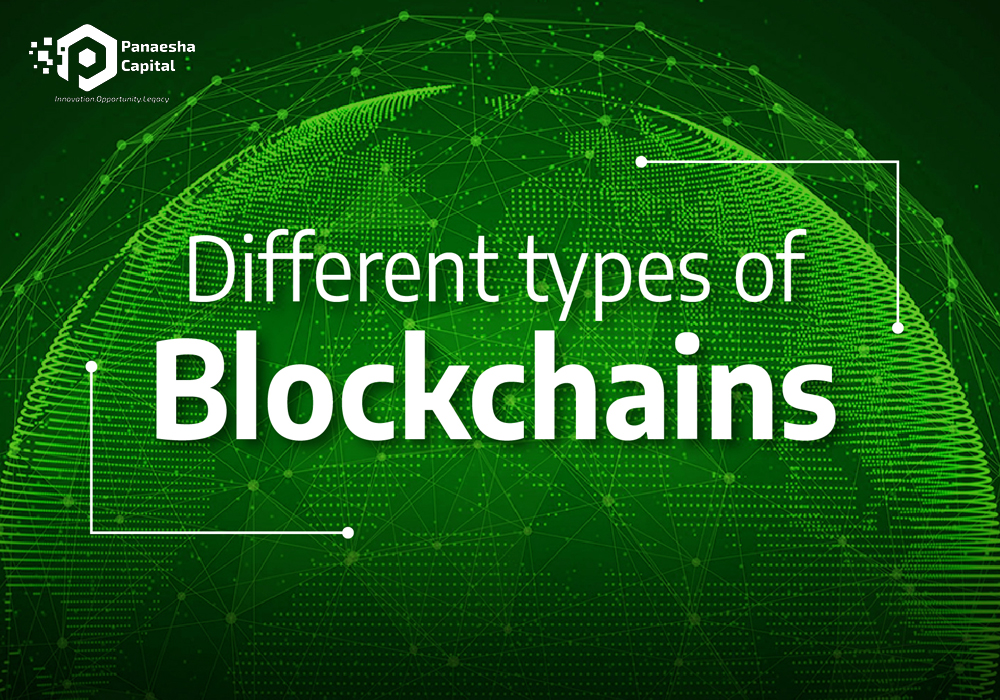A block is just like a cluster of transactions, where each transaction needs to be validated before it is accepted by the network.
This blog is going to show you what exactly is block size, issues that arise in the absence of block size and the solutions to resolve them.
Curious to know more, read the complete blog below:
What is a Block and a Block Size?
A block consists of any file in which data pertaining to the most recent transactions is recorded permanently on a network.
Whereas one can understand block size as the highest limit of information that a block can store. These transactions are added to the blocks after getting validation from the miners. The blocks are then further added to the blockchain.
Now it’s the Miners who actually get to choose how much of a block can they want to fill with transactions. However, if anybody tries to fill the block with information that exceeds the block size limit, it is automatically rejected by the network.
Why Block Size was created in the first place?
The intention to create the block size was to counter with the “denial-of-service attacks” on a network. In theory, if there is no block size limit, an attacker can potentially bring the system to a halt by overloading the network with information.
The block size limits the number of transactions a blockchain network can process per second. Thus, it restricts the network’s ability to scale. When a block is filled, the network can become congested and can lead to a hike in the transaction fees.
What are the issues that arise in the absence of Block size?
Ther major issues that a network can face due to a lack of defined block size includes:-
- A slowdown in the network
- Higher transactions fees
A slowdown in the network: The lack of a defined Block Size can cause a slow down in the network. It could be due to the excess information that is getting added to a single block. Considering the fact that the block size remains consistent and there is an increase in the number of users transacting on the network, this will result in a slowdown of the network.
Higher transaction fees: Ad transactions increase and reach near the block size limit, it becomes a race to get their transactions approved and on the blockchain for the users. One way to ensure this is to pay higher transaction fees. The miners get an incentive to add the higher fee transactions on priority to the blockchain. This means that the smaller transactions ones will have to wait for hours or even days to just get their transactions confirmed.
So What Are The Solutions for these issues?
To tackle these issues of potential attacks, network slowdown, and higher transaction fees, we can consider the following solutions:-
- Increasing the block size- One simple and obvious solution is to simply increase the block size. However, the drawback which comes along with it is that by doing so, it encourages centralization.
- When you simply increase the limit of a block size, you also increase the cost of running a full node on the network, which not everyone can afford. This, in turn, will result in the centralization with fewer people in the network.
- Segregated Witness (SegWit) – SegWit is a Soft Fork Method, that is used to increase the capacity of a network by removing the signature data of transactions. When certain data on a block is removed, it frees up space for more data. A soft fork is just a method of upgrading the blockchain by backward compatibility.
- Dynamic block size– Cryptocurrencies like Monero are successfully using the dynamic block size limit. This refers to the block changing its limit as per the volume of transactions at any given time. This makes the blockchain network less prone to a slowdown.
Concluding, we can say that, cryptocurrency space is continuously growing and scalability is an important factor to consider. To prove itself to be a potential replacement of the current financial system, cryptocurrencies need to analyze how they are scalable in the long-run.




